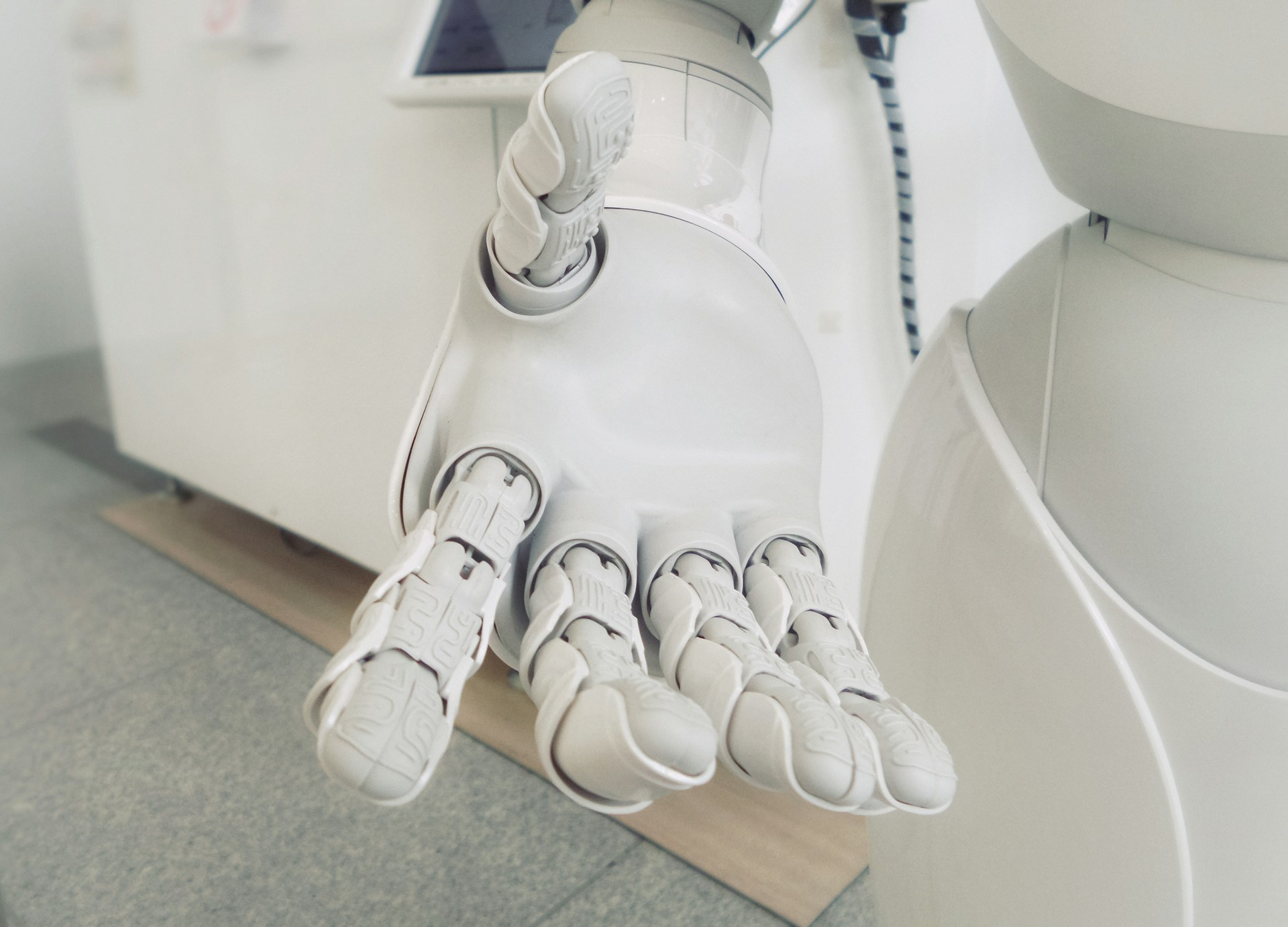The Rise of AI and Robotics: A Transformative Pair
AI refers to the capability of machines to mimic human intelligence, learning from data to make decisions, solve problems, and optimize processes. Robotics, on the other hand, involves the design and creation of machines that can carry out tasks autonomously or semi-autonomously. While AI drives decision-making and cognitive functions, robotics handles the physical execution of tasks. Together, they are unlocking possibilities previously limited to science fiction.
The integration of AI with robotics allows machines to not only perform repetitive, mundane tasks but also adapt to dynamic environments, analyze data, and make real-time decisions. This fusion has led to the rise of smart robots capable of learning from their surroundings, improving performance over time, and interacting with humans more naturally. From industrial robots assembling products on factory floors to autonomous vehicles navigating city streets, the capabilities of AI and robotics are expanding exponentially.
Transformative Applications Across Industries
The convergence of AI and robotics is revolutionizing numerous sectors, from healthcare to manufacturing, logistics, and even agriculture.
- Healthcare: In medicine, AI-powered robots are assisting in surgeries with precision and speed beyond human capabilities. Robotic surgical assistants, such as the da Vinci system, allow surgeons to perform minimally invasive procedures, resulting in quicker recovery times for patients. Additionally, AI algorithms analyze medical data to diagnose diseases and predict patient outcomes, improving treatment accuracy and efficiency.
- Manufacturing: Robotic automation has already transformed manufacturing processes, improving efficiency and reducing costs. AI enables robots to optimize production lines, detect defects, and even predict equipment failures before they occur, minimizing downtime and increasing productivity.
- Logistics: Robotics is revolutionizing logistics with autonomous delivery vehicles and drones. AI algorithms are used to optimize delivery routes, ensuring faster and more efficient transportation. Amazon’s robotic fulfillment centers, for instance, leverage AI-driven robots to sort and move products with speed and accuracy.
- Agriculture: AI-powered agricultural robots are being used for precision farming, including planting, watering, and harvesting crops. These robots can analyze soil conditions and weather patterns, allowing farmers to increase yield while minimizing environmental impact.
Challenges and Ethical Considerations
While the potential of AI and robotics is exciting, their rapid development also raises several challenges and ethical concerns.
- Job Displacement: Automation powered by AI and robotics threatens to displace a significant portion of the global workforce. Tasks traditionally carried out by humans are increasingly being handled by machines, leading to fears of job losses, particularly in industries like manufacturing and transportation. Addressing these challenges will require careful planning, retraining programs, and creating new employment opportunities in emerging sectors.
- Ethical Dilemmas: The use of autonomous systems in critical areas such as healthcare, military, and law enforcement raises ethical questions about decision-making, accountability, and transparency. How much autonomy should robots have, and who is responsible when a machine makes an error?
- Security Risks: As robots and AI systems become more interconnected, they could become vulnerable to cyberattacks. Ensuring the security of AI and robotic systems is crucial to preventing misuse or catastrophic failures.
Conclusion
AI and robotics are set to redefine the boundaries of human innovation, offering unprecedented opportunities to solve complex problems and improve quality of life. However, the full realization of their potential requires careful attention to the ethical, social, and economic challenges they bring. As these technologies evolve, fostering collaboration between governments, industries, and researchers will be key to ensuring a future where AI and robotics work harmoniously with humanity, driving progress and creating a more sustainable world.

